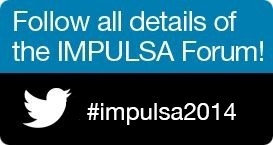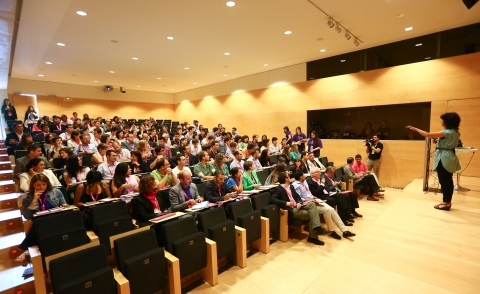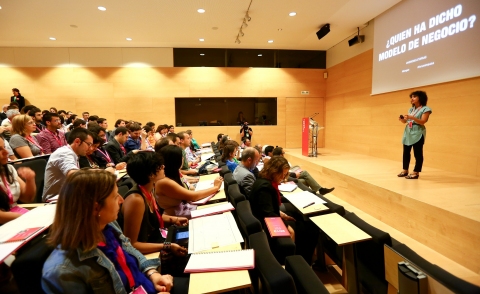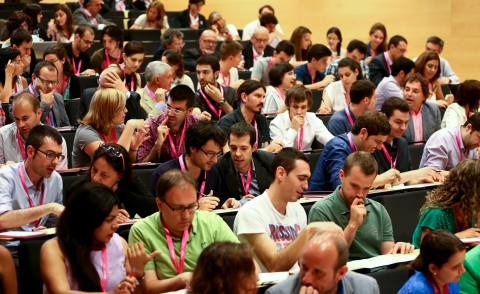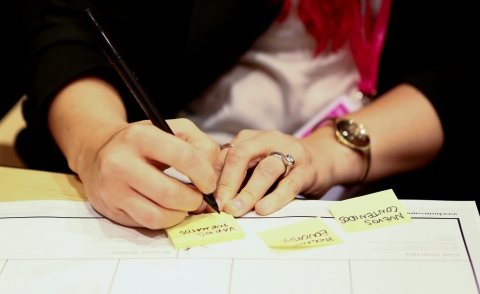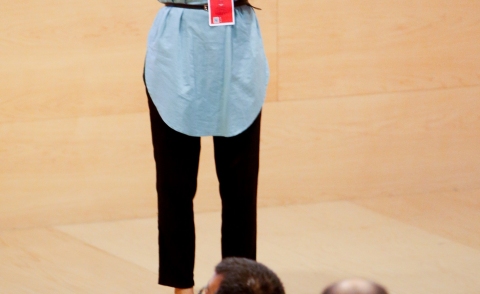The Business Model Canvas
The author is Alex Osterwalder, who wrote the book Business Model Generation. It is above all a very simple visual model. It does not have to be narrative. It can be seen with the schema:
how H what H who
income T costs
You have to go along filling in the Model Canvas with single-colour post-its. The future versions use new-colour post-its so as to leave a record of its evolution. Above all, it is useful for taking better decisions. It is composed of nine blocks that define any business initiative, whether for profit or not-for-profit. The model relates the nine blocks: when a change is made in a block, it has to be put into the pertinent block and a check then made on its repercussion on the other blocks.
Design
We can lend specific form to any model by responding to the nine blocks of the model. Let’s look at the Model Canvas using the example of a 1950s hairdressing salon.
- Client segment: Set of clients who have points in common and a common need, and are probably connected in one way or another. > Women who want to do their hair weekly or have their hair done.
- Value proposal: What do I offer, and the characteristics that will be rated by the potential clients. > Cutting, dyeing and styling.
- Channels: How do I reach the clients? What channels do I open to let people know that I exist, but also for awareness-raising, evaluation, sale, delivery and after-sales of my service. > Only opening the hairdresser’s salon.
- Relationship with clients: Have a clear idea of whether I want a personal relationship, or an automated, transactional, repetitive relationship (which involves drawing up a loyalty strategy), an on-line relationship, etc. > Personalised relationship.
- Income flow: How to generate income, how I create a profit margin by offering my service: sale of assets, payment for use, sale, subscription. > The clients pay for the service.
- Key resources: These are of three types: intellectual (trademark registration, patent), physical (premises, machinery, etc.), human (know-how) > Premises, hairdressing appliances, a qualified hairdresser.
- Key activities: The ones in which we invest time and funds. > Cutting, dyeing and styling the clients who come to the hairdressing salon.
- Alliances: Any platform that helps us to optimise a block of our business model. We might, for example, have an alliance related with the channels. Optimise, reduce risks, improve the service. Must not be confused with a supplier. > The hairdressing salon does not necessarily have alliances. It may be the hairdressers guild.
- Costs structure: What is the largest expenses item of my business. > Premises maintenance and wages.
A minute is devoted to each of the points, and we obtain a check list of basic points of the business model that have to be worked on. New ideas for evolution of the business are added to the Model Canvas with post-its in new colours. For example, if the clients of the hairdressing salon ask me what hair-care products they can use at home, I could open a section for sale of hairdressing salon products to take home. I could form alliances with the brands so as to have them come and put on product demonstrations.
Analysis
We conduct an analysis of strong and weak points, such as with the SWOT, but taking into account the nine blocks in the model. And we endeavour to generate solutions.
Analysis of risks
The risks hypothesis or real risks also have to be analysed on the basis of the Model Canvas, detecting which blocks we consider to involve the greatest risks.
We must not ignore or avoid the risk zones, but:
- Seek analogies in the market that are already working.
- Talk to potential clients before building the product.
- Simulate the proposed model by means of experiments and pilot tests of that model.
We can also undertake an analysis of the competitors through the Model Canvases. That will help us to detect market niches, weak points to be improved, etc.
www.businessmodelgeneration.com


